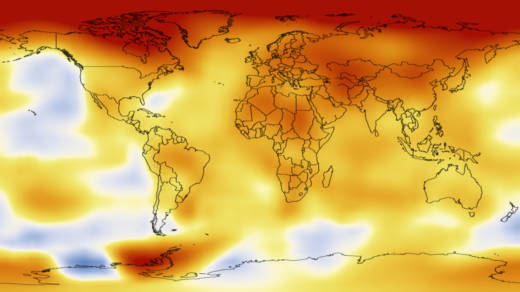[http_redir]On the campaign trail last May, then-candidate Donald Trump declared: "We're going to cancel the Paris climate agreement ... and stop all payments of the United States tax dollars to U.N. global warming programs."
As president, however, Trump now appears less determined to pull the U.S. out of the landmark 2015 international agreement that committed nearly every nation in the world to reduce planet-warming emissions. Contrary to his earlier statement, he doesn't have the power to "cancel" the multilateral U.N. accord, but could substantially weaken it by withdrawing the U.S., which is the world's largest economy and one of the biggest greenhouse gas emitters.)
As part of the deal, the U.S. promised to reduce its greenhouse gas emissions by at least 26 percent of 2005 levels within a decade.
Some of the most conservative members of his administration -- namely Steve Bannon and Scott Pruitt, head of the Environmental Protection Agency, still advocate walking away from the deal. But Trump's hesitation has grown recently as a number of his closest advisors, including son-in-law Jared Kushner and Secretary of State Rex Tillerson (the former head of Exxon Mobil), have urged him to stay the course in order to avoid diplomatic blowback. A host of major corporations, including several oil giants, have also endorsed the pact. The administration is expected to make a final decision at the end of May.
But even if Trump chooses to remain in the accord, it's highly unlikely his administration would adhere to the ambitious emission-reduction goals set by his predecessor; Trump has already made an aggressive push to peel back many of the energy regulations put in place by President Obama that would have helped achieve those goals.
In December 2015, representatives of 195 nations agreed to the landmark climate accord, which required each participating nation to significantly lower its greenhouse gas emissions as part of an urgent international effort to stave off the worst consequences of climate change.
